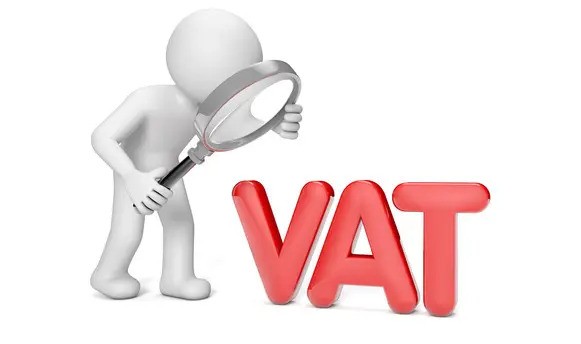In the UK, businesses must register for Value Added Tax (VAT) if their turnover exceeds the VAT threshold, currently set at £85,000. Some business owners might consider forming a second limited company to stay below this threshold and avoid registering for VAT. However, while this might seem like a clever strategy, it comes with legal and practical complexities that can lead to serious consequences if handled incorrectly.
Understanding the VAT Turnover Threshold
The VAT threshold is when a business must register for VAT and start charging it on their sales. The threshold is based on the total turnover of taxable goods and services supplied within the UK over a rolling 12-month period. Once your business crosses this threshold, you must legally register for VAT, charge VAT on your sales, and submit VAT returns to HM Revenue & Customs (HMRC).
The Idea of Forming a Second Ltd Company
The concept of forming a second limited company to avoid the VAT threshold might seem appealing. The idea is to split your business operations across two separate legal entities, each with its turnover. By keeping the turnover of each company below the VAT threshold, you might think you can avoid VAT registration altogether. However, this approach is fraught with legal risks.
HMRC’s View on Artificial Separation
HMRC is well aware of the practice of forming multiple companies to avoid VAT registration, and they refer to it as “artificial separation.” If HMRC believes that two or more businesses have been deliberately separated to stay below the VAT threshold, it can treat those businesses as a single entity for VAT purposes. This means that HMRC can combine the turnover of both companies and require them to register for VAT.
Indicators of Artificial Separation
HMRC looks at several factors to determine whether businesses have been artificially separated, including:
- Common control: Suspicion is raised if the same individuals or closely related parties control both companies.
- Shared resources: If the companies share premises, staff, equipment, or other resources, it may indicate that they are not genuinely independent businesses.
- Interdependence: If one company’s business relies heavily on the other, it can be seen as evidence of artificial separation.
If HMRC concludes that businesses are artificially separated, they will backdate the VAT registration, and your business could face substantial penalties and interest on unpaid VAT.
Legal and Practical Implications
Forming a second limited company is not illegal, and there can be legitimate reasons for doing so. However, if the primary purpose is to avoid VAT registration, you could find yourself in a difficult position. Not only could HMRC enforce VAT registration, but they might also investigate your business practices, leading to fines and damage to your reputation.
Moreover, operating multiple companies comes with additional administrative burdens, such as maintaining separate accounts, filing multiple sets of accounts with Companies House, and managing payroll and taxes for each entity. These complexities can outweigh any perceived benefits of staying below the VAT threshold.
Conclusion
While the idea of forming a second limited company to avoid the VAT turnover threshold might seem tempting, it is fraught with risks and potential legal consequences. HMRC takes a dim view of artificial separation, and if they suspect that businesses are being split solely to avoid VAT registration, they will act decisively. Rather than trying to find loopholes, it is often better to focus on growing your business and managing VAT compliance responsibly. If you are unsure about your VAT obligations or considering forming a second company, it is advisable to seek professional legal and tax advice.







